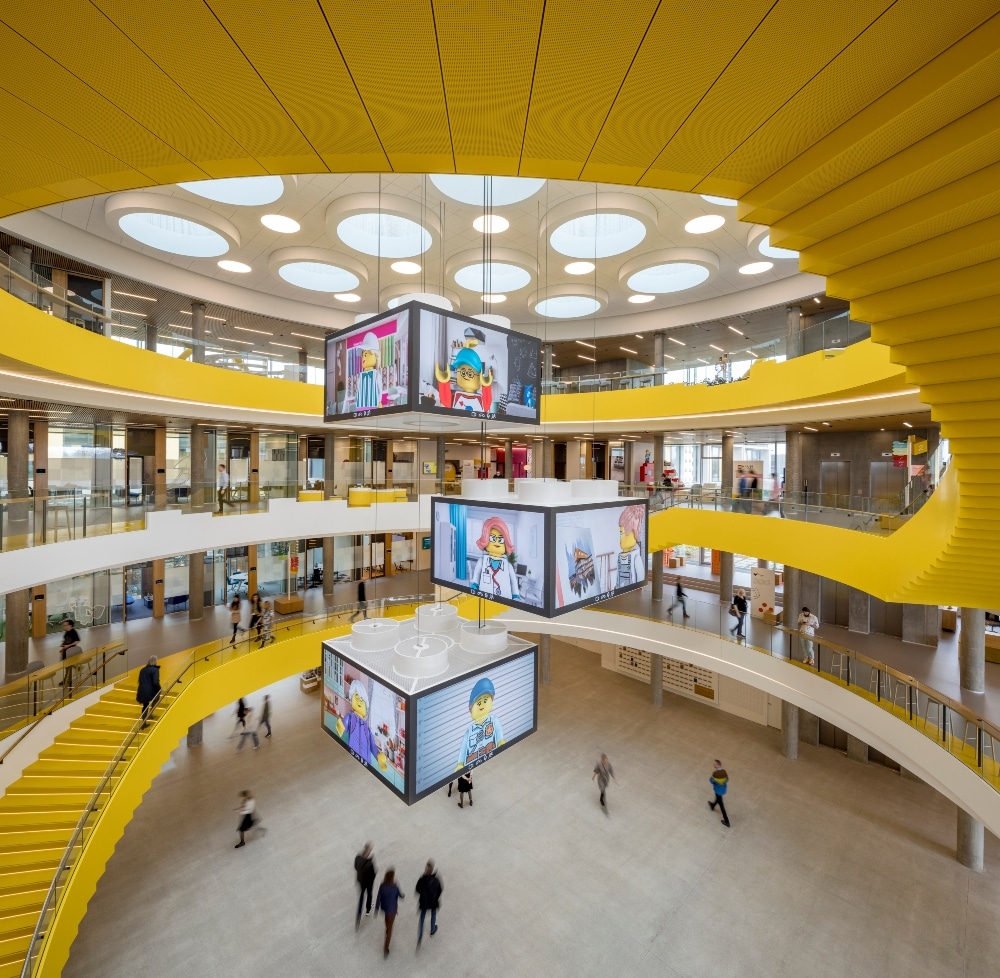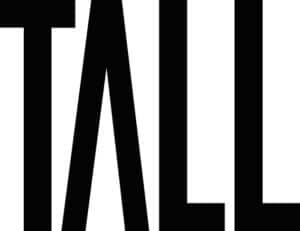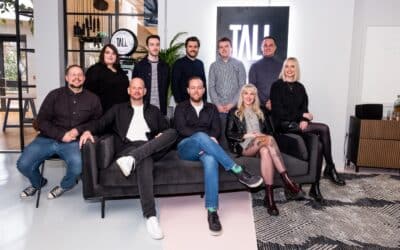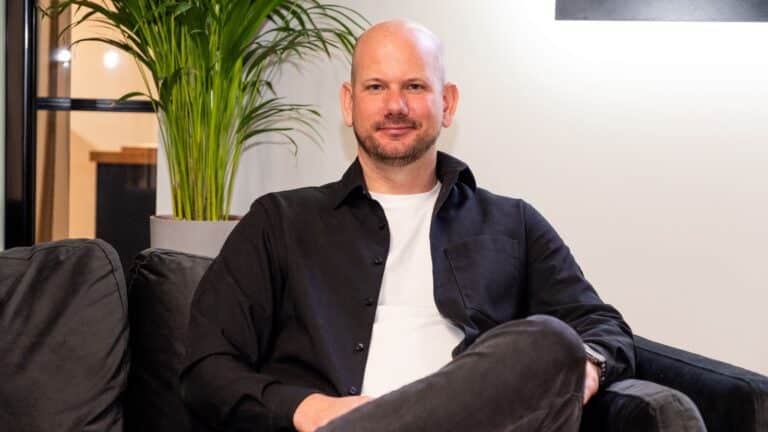Design is a powerful tool for conveying brand identity and values, says Guy Utley, Founder and Creative Director at Leeds agency Tall.
In recent years, we’ve witnessed a significant shift in the strategies of many successful companies as they place design at the heart of their operations.
Big brands such as Airbnb and LEGO have led the charge for years, demonstrating how a design-centric approach can revolutionise how businesses operate and connect with their customers.
We’ve also seen those who choose to ignore it.
Asos’s new CEO José Antonio Ramos Calamonte is blaming “insufficient” brand investment and an over-reliance on promotions with driving a slowdown in customer acquisition over the past year.
More and more companies are following in their footsteps. Let’s first take a deeper dive into how Airbnb and LEGO have put design at the heart of their brands.
Design as a Brand Statement
One of the fundamental reasons behind the rise of design-centric businesses is the realisation that design is more than just aesthetics; it’s a powerful tool for conveying brand identity and values.
In today’s competitive landscape, consumers are not just buying products or services; they’re buying experiences and lifestyles. Airbnb, for instance, recognised this early on and made design a central part of their brand.
The Airbnb brand is synonymous with unique and memorable stays. They’ve crafted a user experience that goes beyond the transactional act of booking accommodations. It’s about fostering connections and creating a sense of belonging. Their website and app are not merely functional; they’re visually stunning and intuitive, embodying the essence of the brand. The design is the first impression users have of Airbnb, and it communicates trust, authenticity, and a commitment to exceptional experiences.
Creating an Iconic brand
LEGO is another prime example of a company that has harnessed the power of design to create an iconic brand. LEGO sets aren’t just toys, they’re a means of unleashing creativity and imagination. LEGO’s emphasis on design isn’t limited to the bricks themselves; it extends to the packaging, digital experience, marketing materials and even the design of their physical stores.
Working with LEGO, I’ve seen first hand that design doesn’t end with the product; it extends to the entire customer journey. This meticulous attention to design has transformed LEGO from a toy company into a global cultural phenomenon.

Why It Works
The success of Airbnb and LEGO as design-centric businesses can be attributed to several key factors:
- A User-Centred Approach: Both companies prioritise the user experience, ensuring that their design choices align with the needs and desires of their customers. They regularly gather feedback and iterate on their designs to stay relevant.
- Consistency: Consistency in design across all touchpoints reinforces brand recognition and trust. Airbnb and LEGO maintain a cohesive visual identity that resonates with their audience.
- Innovation: Design-centric businesses are often at the forefront of innovation. Airbnb constantly explores new ways to enhance the travel experience, while LEGO continually introduces innovative experiences, products and partnerships.
- Emotional Connection: Exceptional design creates an emotional connection with customers. It’s not just about functionality; it’s about how a product or service makes you feel. Both Airbnb and LEGO tap into the emotions of joy, play, nostalgia and adventure.
Gearing up for change and success
You don’t need to look far to see brand gearing up to follow in these footsteps, with Waitrose, for example, recently advertising for three new marketing roles designed to “enhance and translate the strength of the brand across each customer touchpoint”.
For businesses looking to follow in the footsteps of these design-centric giants, the message is clear: invest in design as a strategic asset, not just a superficial aspect of your brand. Understand that design is not a one-time effort but an ongoing process that should adapt to changing customer preferences and market trends.
Moreover, remember that design isn’t just about aesthetics; it’s about solving problems, improving experiences, and building a lasting connection with your audience. Design-centric businesses focus on the journey, not just the destination.
In short, the rise of design-centric businesses is a testament to the power of design in shaping brand identity and customer experiences. Airbnb and LEGO have shown us that design isn’t a luxury; it’s a necessity in today’s business landscape.
By embracing design as a core element of their strategies, these big brands have not only thrived but also set a fantastic example for others to follow on the path to business success.










